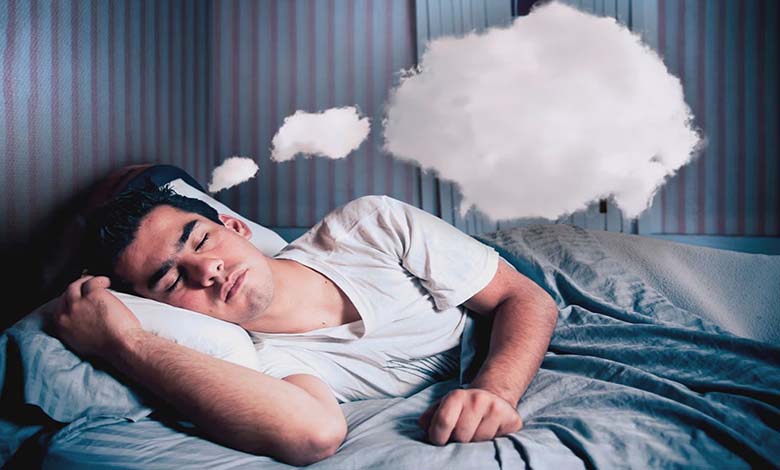Why do we have strange dreams when we’re sick? Science has the answer

When fever strikes, when the body fights an infection or struggles with fatigue, our nights often turn into vivid and surreal experiences. Many people report having strange, intense, or disturbing dreams during illness — a phenomenon scientists call “fever dreams.” But why does sickness so profoundly affect the way we dream? Recent scientific research is starting to shed light on this mysterious connection between illness and the sleeping mind.
-
Expert Reveals Foods that May Stimulate Dreams
-
Sleeping in this position would reduce the risk of having bad dreams
Dreams occur primarily during the REM (Rapid Eye Movement) phase of sleep, when the brain is nearly as active as it is during wakefulness. Illness disrupts this delicate balance. Fever, inflammation, and changes in body temperature alter the normal sleep cycle, shortening some stages and prolonging others. As a result, the boundary between reality and imagination becomes blurred, producing dreams that are unusually vivid, fragmented, and emotionally charged.
One of the main factors behind fever dreams is temperature itself. Elevated body heat affects neural activity, particularly in areas of the brain related to perception and memory. This “overheating” causes neurons to fire in unpredictable patterns, blending real physical sensations — like chills or pain — with imaginative imagery. Essentially, the brain becomes overstimulated and attempts to recreate order out of sensory chaos.
-
How Sleep Disorders Threaten Children’s Psychological Balance
-
New Study: The Human Brain Cleans Itself During Sleep
However, fever alone does not explain everything. The immune system’s response also plays a major role. When fighting infection, the body releases cytokines — chemical messengers that regulate inflammation. These molecules, while essential for immunity, can also disrupt neurotransmitters such as serotonin and dopamine, which control mood and sleep. This imbalance leads to emotional instability and contributes to the formation of bizarre or anxiety-filled dreams.
Medication can further amplify this effect. Certain antiviral drugs, antibiotics, and painkillers alter REM sleep patterns, making dreams more vivid or nightmarish. It is therefore not uncommon for patients undergoing treatment to experience unusually realistic or distressing dream sequences as a side effect of their medication.
-
Five Common Mistakes in Sleep Improvement That Can Lead to Insomnia and How to Avoid Them
-
Studies Reveal Alarming Neurological Effects of Fragmented Sleep on Long-Term Brain Health
From a psychological standpoint, illness introduces stress and anxiety. The body’s discomfort, the uncertainty of recovery, and the mental fatigue caused by prolonged rest all contribute to emotional turbulence. During sleep, the brain processes these emotions symbolically — transforming physical suffering into dream imagery of confinement, heat, or danger. These metaphors allow the mind to cope with distress in a symbolic and often unsettling way.
Neuroscientists now see fever dreams as a reflection of the body’s internal communication system. They represent the brain’s interpretation of physiological stress and its attempt to preserve emotional balance in the face of illness. Strange dreams are therefore not a sign of mental dysfunction, but rather evidence of the brain’s resilience and adaptive capacity.
-
The Frightening Effects of Fragmented Sleep on Brain Health: What Science Reveals
-
Study: Excessive Sleep Increases Risk of Mortality
Some researchers even suggest that studying the nature of dreams during illness could provide insights into disease progression. Changes in dream frequency, content, or emotional tone might serve as subtle indicators of how the body is responding to infection or inflammation.
Ultimately, strange dreams during sickness are not random occurrences — they are the echo of the body’s internal struggle. Fever dreams reveal the intimate dialogue between the brain and the immune system, between biology and consciousness. They remind us that even in sleep, the mind remains deeply connected to the body, translating its signals into the mysterious language of dreams.












